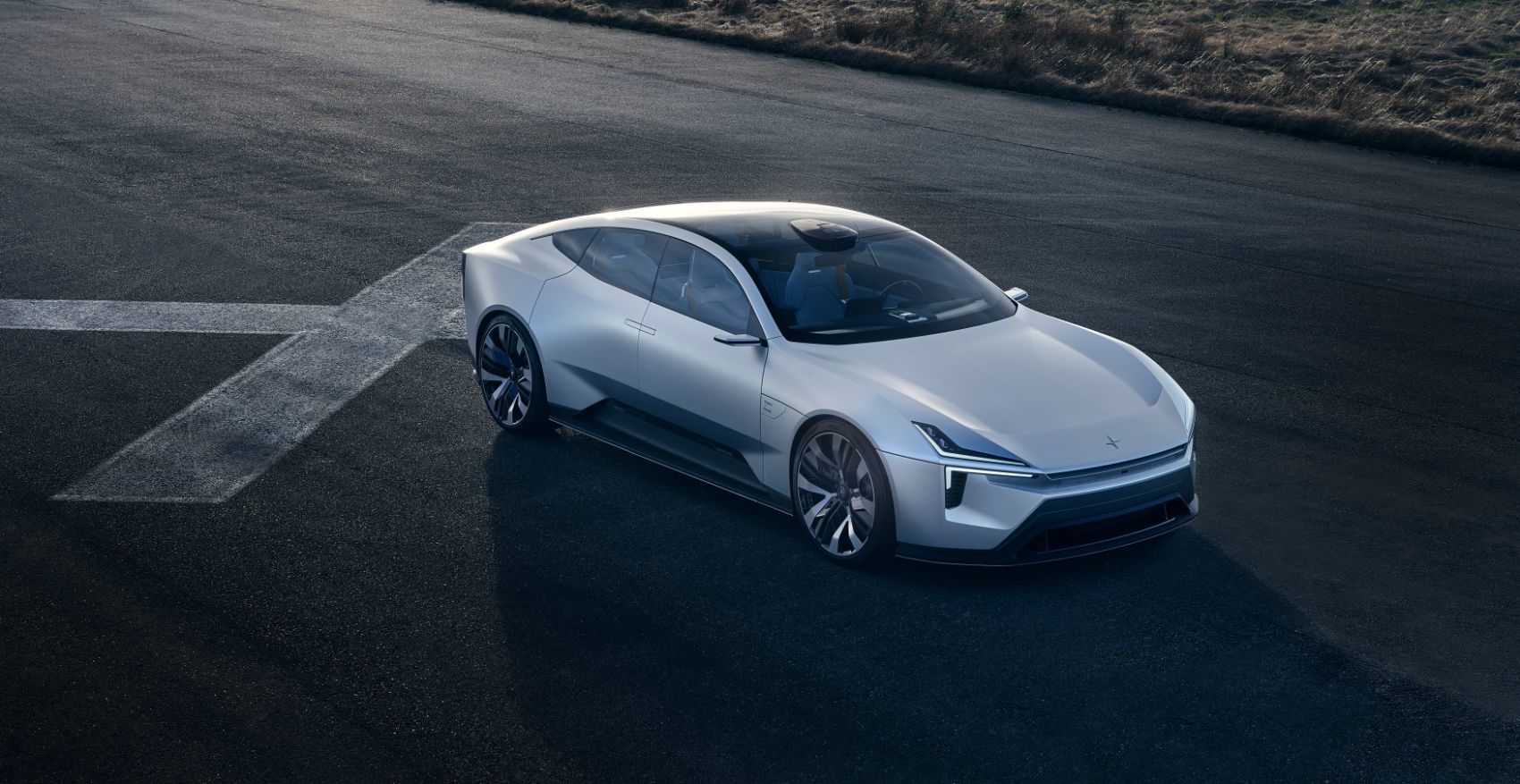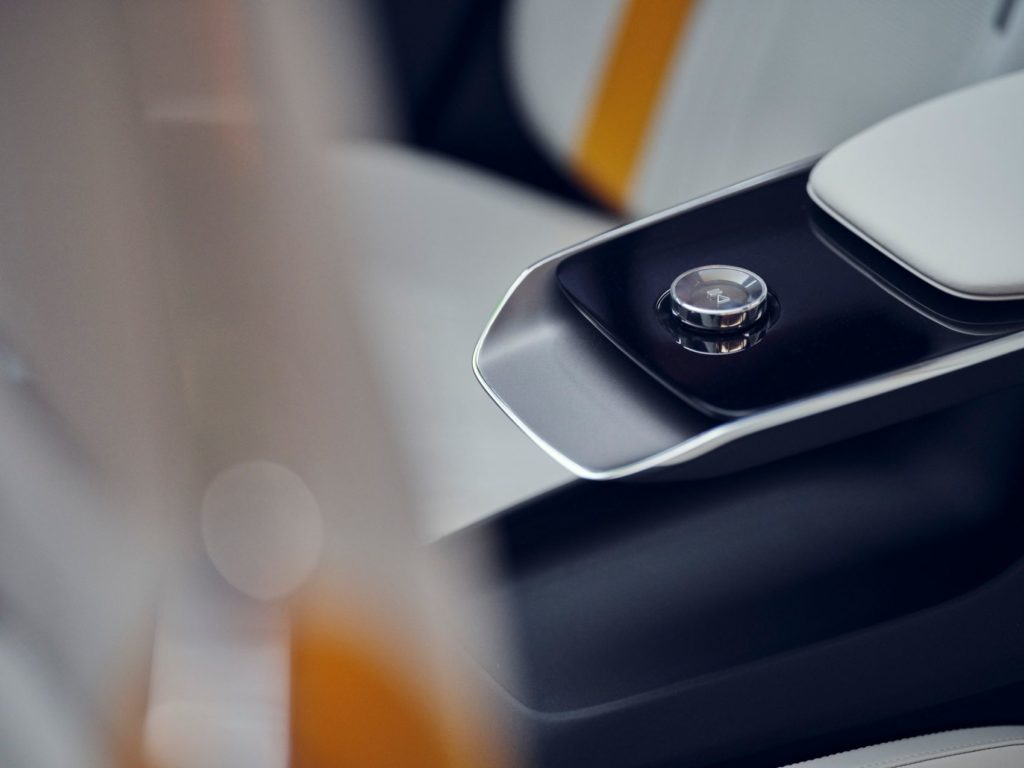Polestar is, essentially, what Volvos will become in the future. At the moment, Polestar is a brand unto themselves, but it is obvious this is where the Swedish auto manufacturer is heading. With the Polestar Precept, we are seeing the company’s future in three key areas: sustainability, digital technology, and design as it relates to the modern automobile.
What Is The Polestar Precept?
The name Precept tells you all you need to know. A precept is sign of things to come, a declaration, an assertion. Polestar says the name reflects the car’s role in defining their aim as a contemporary electric performance brand.
“People ask me all the time, ‘what is the future of Polestar,’ and of course we are not showing our future models just yet,” said Thomas Ingenlath, Polestar CEO. “But Precept shows you where we will be heading – our design direction, our ambitions about sustainability and the great digital user experience we will bring with those future cars.”

Polestar Precept: Sustainable Materials
The interior uses a number of sustainable materials to create what will become Polestar’s luxury design language. Polestar describes the interior as “vegan” with high levels of recycled content, which the company started doing already with the Polestar 2. The Precept goes further, however, integrating a flax-based natural composite to replace plastic content by 80 percent. According to Polestar, this also cuts interior weight by half.
The materials use a proprietary technology from supplier Bcomp called powerRibs, which are inspired by leaf veins. Bcomp also supplies ampliTex composite materials to reduce vibrations for occupants. The seat covers and headliner are 3D-knitted from recycled water bottles in a single thread, made exactly to size with no waste or off-cuts, which is very cool.
The carpets are woven from Nylon 6 ECONYL, recovered from reclaimed fishing nets. Waste and recycled cork from the wine industry is also converted into cork-based vinyl for seat bolsters and head rests.

Digital Technology & Connectivity
The Precept builds upon the Android-powered infotainment system in the Polestar 2. There’s a 15-inch digital interface that recognizes you as you walk up, and adjusts the settings and personal content accordingly (authenticated via Polestar Digital Key). Google Assistant is offered in multiple languages and video streaming services are available when you’re parked or charging. The touchscreen uses proximity sensors depending on where your hand is placed, and adjusts brightness and content according to what you are doing.
There is also a nine-inch horizontal driver display with “eye-tracking” technology. These eye-tracking monitors follow where you are looking, adjusting the way information is presented: from smaller and more detailed when you are focused on the display, to larger and brighter, when looking at the road.

Polestar Precept: Styling & Design
Polestar wants the Precept’s design to create a new aesthetic for the oncoming “electric age.” Or rather, the Polestar Precept is very Scandinavian, very clean, and very forward-looking in its design. And much of the design is focused on aerodynamic performance.
A good example is the front fender, now integrated into the hood to improve air flow over the body. There are air ducts behind the front wheels for better ventilation, while additional ducts at the rear help cool the brakes. There are also aerodynamic inserts for the 22-inch wheels.
In lieu of a traditional front grille, the Precept uses something dubbed as SmartZone, which hints at the car’s autonomous – or at least semi autonomous – capabilities. Polestar’s Pilot Assist system includes long- and mid-range radar units, ultrasonic sensors, and a high-definition wide-angle camera. There is a roof-mounted LIDAR pod and additional sensors on both sides of the car for other driving assistance features.
“Precept showcases our future, not as a fancy dream or something out of a sci-fi movie,” Ingenlath said. “This is our reality to come.”
Pay attention to what you see here in the Polestar Precept. We will see more cars like it coming down the road in the future.
Tony Borroz has spent his entire life racing antique and sports cars. He is the author of Bricks & Bones: The Endearing Legacy and Nitty-Gritty Phenomenon of The Indy 500, available in paperback or Kindle format. Follow his work on Twitter: @TonyBorroz.
Polestar Precept Gallery
Photos & Source: Polestar.
















